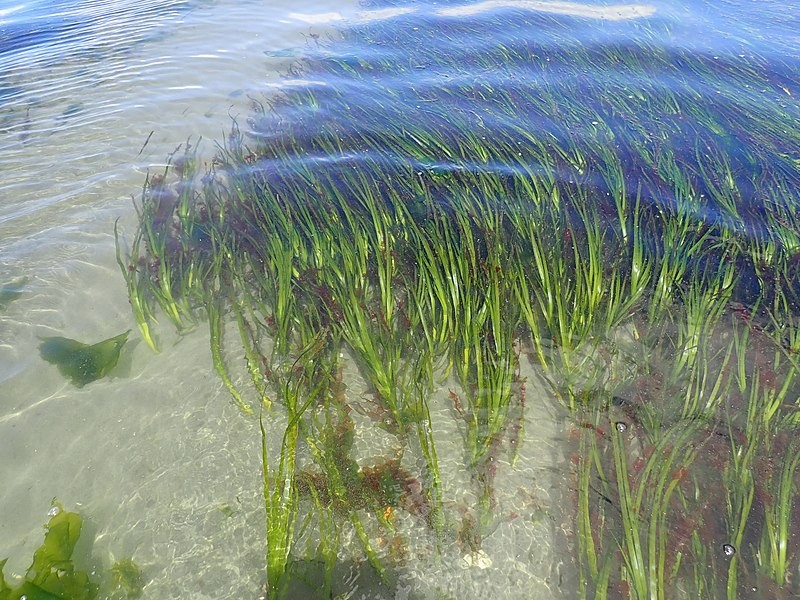In the age-old "nature vs. nurture" debate, researchers found that previous ice ages have influenced the genetic makeup of modern eelgrasses and that this genetic makeup may be more important than the environment in determining how eelgrasses react to threats.

Extensive Seagrass Research
Scientists claim in a new research published August 1 in the Proceedings of the National Academy of Sciences that profound evolution leaves a longer shadow than previously imagined. Researchers from the Smithsonian Institution and colleagues studied eelgrass communities, which are the base of numerous coastal marine food webs on the north Atlantic and Pacific coasts.
They found that their ancient genetic history can influence their size, structure, and inhabitants more than the current environment. And this could affect how successfully eelgrasses respond to dangers like climate change.
Some eelgrass plants made the arduous trek from their birthplace in the Pacific to the Atlantic some 500,000 years ago, when the climate was warmer. Not all plants have the hardiness to travel across the Arctic.
Ice age during the Pleistocene Epoch had an additional impact on the viability of those who did succeed. Even now, eelgrass populations in the Atlantic are far less genetically varied than those in the Pacific due to those millennia-old conflicts.
However, in the age-old "nature vs. nurture" debate, scientists were shocked to see that genetic inheritance might often influence contemporary eelgrass ecosystems more than environmental factors.
Eelgrass Study

One of the most common shallow-water plants worldwide is eelgrass. Its geographical distribution stretches from semi-tropical areas like Baja California to the Arctic and Alaska.
Eelgrass supplies a wide range of functions to people and serves as food and habitat for several underwater species. It reduces hazardous germs in the ocean, absorbs carbon, and shields coasts from storms.
However, eelgrass is typically the dominant or the only species of seagrass found in the areas where it thrives. Because of this, the existence of the local inhabitants and wildlife depends on it. Additionally, specific populations may find it challenging to adjust to abrupt changes because of the limited genetic variation in the Atlantic.
According to Jay Stachowicz, an ecologist at the University of California, Davis, and a co-author, "diversity is like having diverse tools in your tool belt."
Furthermore, if all you have is a hammer, all you can do is drive nails in; however, if you have a full complement of tools, each one may be utilized to do various tasks more effectively.
Eelgrass is already going extinct in certain areas as a result of the warming seas, according to ecologists. Eelgrass has started to retreat and move farther north, into calmer waters, in Portugal, where it is found in the southernmost part of Europe.
Some ecologists are concerned about whether eelgrass can adapt to faster changes since ancient DNA often has a bigger influence than the environment.
According to Olsen, climate change alone is probably not the biggest threat to eelgrass. Seagrasses are at risk due to pollution from towns and farms, which may veil the water and cause toxic algal blooms. Eelgrass is tough, as seen by the wide range of situations it can endure.
Preserving Seagrass Diversity
Preserving the diversity of today's eelgrass beds is a solid first step toward protecting them. Restoration has some potential in areas where eelgrass beds have already disappeared.
Some success stories already exist, including those from Virginia's eastern shore. However, a lot of rehabilitation initiatives are only partially successful. Stachowicz brought out the fact that this raises further queries.
The greatest method to provide populations of seagrass the diversified toolset they need to live in the future's uncertainty may be to maintain or improve genetic variety.
For similar news, don't forget to follow Nature World News!
© 2025 NatureWorldNews.com All rights reserved. Do not reproduce without permission.





